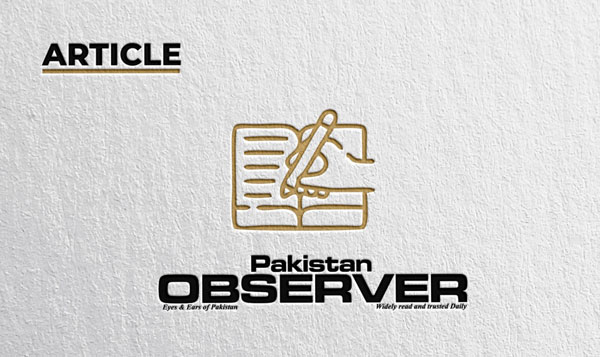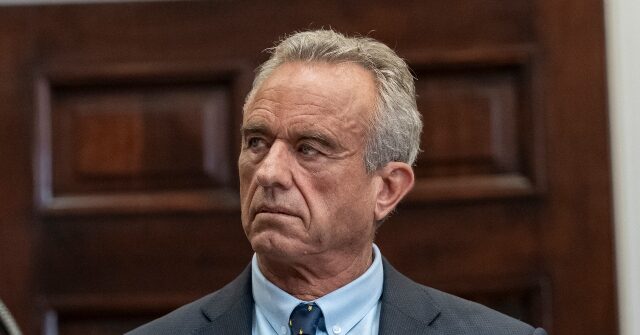Copyright pakobserver

PAKISTAN is facing a severe climate crisis, with smog conditions worsening by the day. Major cities such as Faisalabad, Lahore, Gujranwala and Multan are experiencing hazardous air quality levels, with the Air Quality Index (AQI) reaching alarming heights—Multan topping the list at 449, followed by Faisalabad at 436 and Lahore at 312–358, indicating extremely toxic air. Gujranwala also struggles with critical pollution levels, recording an AQI between 269 and 371. The PM2.5 concentrations in these cities far exceed the World Health Organization’s guidelines, posing serious health risks to residents. As winter approaches, Pakistan is enveloped in a suffocating blanket of smog, turning major urban cities into some of the world’s most polluted cities. This annual public health crisis is linked to climate change, which is intensifying the frequency and severity of hazardous air quality events. Pakistan is already ranked among the most vulnerable nations to climate change and the onset of smog season is a harsh reminder that the emission-heavy activities causing global warming are the same ones poisoning the air its citizens breathe. The smog is formed when human-generated pollutants mix with fog and are trapped close to the ground by specific meteorological conditions. Vehicular emissions, industrial pollution and seasonal agricultural burning are major contributors to the toxic mix of pollutants in the air. Climate change is also playing a significant role, with rising temperatures and changing weather patterns intensifying the problem. The impact of this crisis is far-reaching. Prolonged exposure to high pollution levels can lead to severe health issues, including stroke, heart disease, lungs cancer and chronic respiratory illnesses. The situation is particularly dire for vulnerable populations, such as children, the elderly and those with pre-existing health conditions. The economic toll is also significant, with reduced visibility forcing routine closures of major roads and motorways and schools shutting intermittently. So, what can be done? Experts emphasize the need for a comprehensive and sustainable approach, balancing environmental, economic and social considerations. Strengthening environmental regulations, transitioning to renewable energy sources and promoting sustainable agricultural practices are crucial steps. Public awareness campaigns can educate citizens about the health risks associated with smog and encourage environmentally responsible behavior. International cooperation, particularly with neighboring countries, is also essential to address transboundary pollution challenges. The government has taken some measures, including declaring a health emergency in Punjab and implementing restrictions on industrial emissions and construction activities. However, more needs to be done to address the root causes of the crisis. Collective action is necessary to mitigate the effects of smog and ensure a sustainable future for the country. —The writer is occasionally contributes to the national press.



